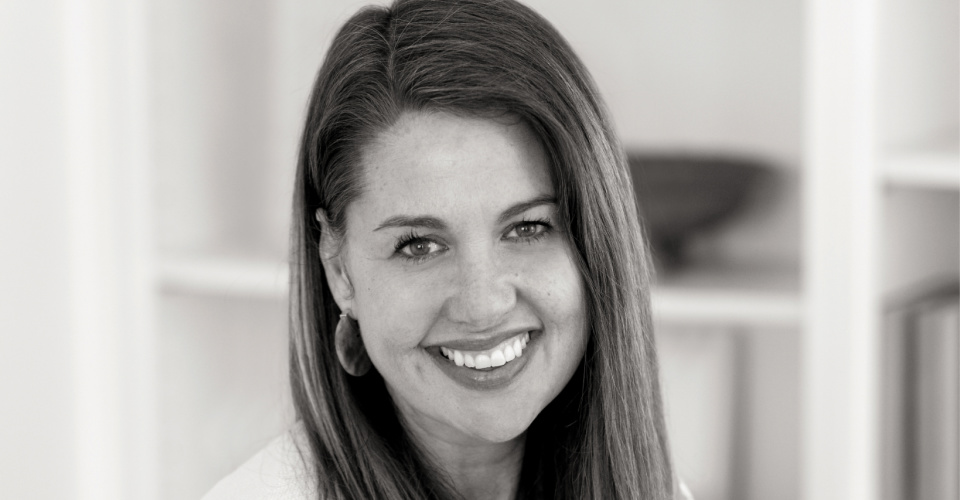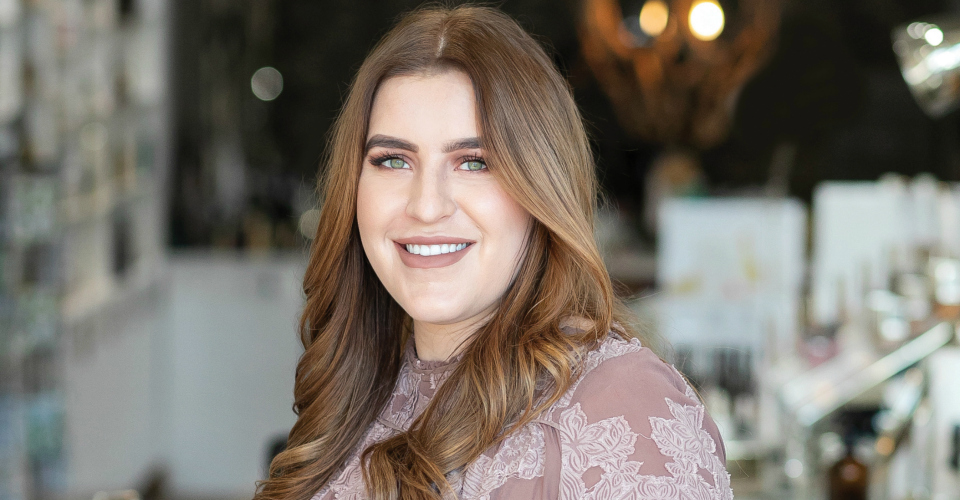
Shop These Milwaukee-Made Handbags
Milwaukee-based Jess Goehner started Directive in 2012, first making totes out of painted canvas that she sold at art shows. She switched over to exclusively crafting leather goods in 2016.

Milwaukee-based Jess Goehner started Directive in 2012, first making totes out of painted canvas that she sold at art shows. She switched over to exclusively crafting leather goods in 2016.

After previously working with domestic violence survivors, Mikel McGee’s new work at her ultra-instragrammable flower shop, 414loral, in Milwaukee brings a different kind of comfort.

Garrett Cheyne, owner and principal designer at Delavan’s Curate Design Group, is always pushing the design envelope to give clients ultra-unique spaces.

The curator of Hatch Art House (and the owner of next door’s Hazel General Store) spotlights Wisconsin-based artists by purveying paintings, pottery and paper goods while reaping inspiration along the way.

The owner of Mary Best Designs in Shorewood shares how she got into design for clients in Milwaukee, Chicago and Lake Geneva — and what’s next in interiors.

The Green Bay native and founder of Good Day Shop talks about creativity, her favorite makers and the shop owner’s life.

Minneapolis native and owner of professional design firm LA Design North, Lisa Africano, talks home style and trends, and her favorite Northwoods haunts.

Journeyman Co. owner Todd Christiansen talks men’s style and trends and how he brought his impeccably curated shop to downtown Middleton.

Haberdapper owners Genna and Stephen Monticello share how they brought the stylish men’s clothing and lifestyle boutique to the area.

Madison native and Arch owner Cera Fass shares how she brought the upscale cosmetics boutique and blow-dry bar to the area.